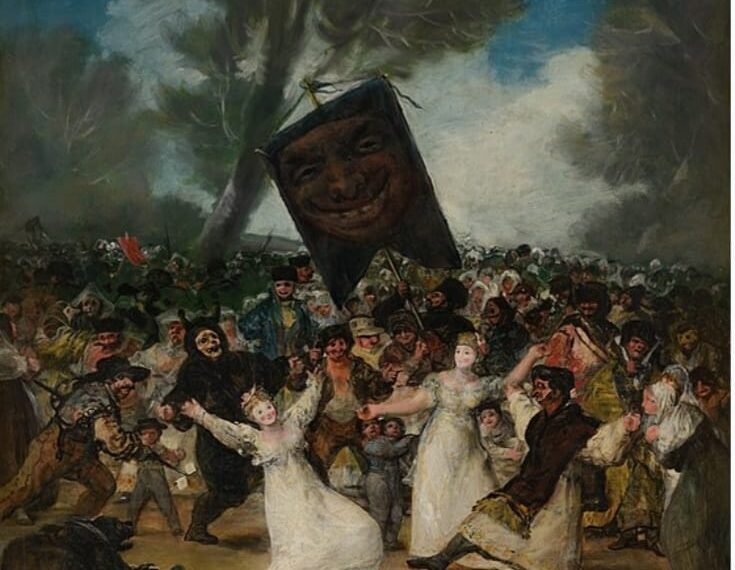
“Ash Wednesday, the first day of Lent, is so named because of the special rite of sprinkling the ashes of burnt palm (or Palm) branches left over from Palm (Palm) Sunday of the previous year on the heads of the faithful at masses on this day. The rite symbolises repentance, humility and the frailty of human existence.
On this day, a curious ritual is held – the “Funeral of the Sardine”, which is a procession parodying the funeral procession and ending with the burning of an effigy of a sardine. The ritual symbolises saying goodbye to the past and making room for all the new, good and bright things that the new year brings.
By the way, the great Spanish painter Francisco Goya dedicated a painting called “The Funeral of a Sardine” to this event.
Where did the tradition of “sardine funeral” come from? There are several versions. The first says that the custom appeared three centuries ago in Madrid. People then also gathered in the streets on the first day of Lent and arranged a symbolic “funeral” of the past. However, they did not bury fish at all, but a piglet slaughtered in a special way, which was called “cerdina”. Over time, first the “cerdina” became “sardina”, then the slaughtered pig was replaced by a stuffed fish, and the ritual became what we see today.
Another version says that King Carlos III wanted to have lavish celebrations at the end of Carnival week and ordered a large shipment of sardines to be brought into the city for the festivities. The day was very hot (even though it was winter) and the fish spoilt and gave off a stifling odour. The king’s subjects thought of nothing better than to bury the sardine in the Casa de Campo. After that, the ritual was performed annually.
